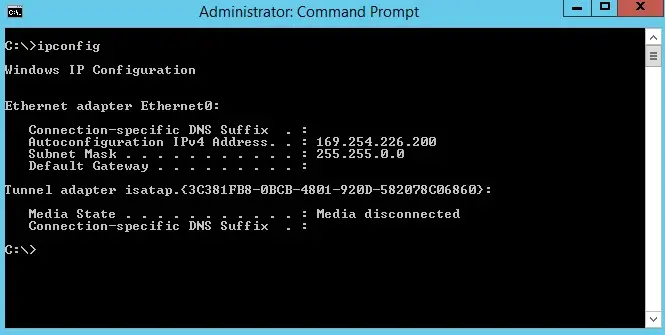When you connect your devices to the internet, they need a way to communicate with each other. That’s where IP addresses come into play. 192.168.0.1 is a key player in this scenario, acting as a gateway for many home routers. Understanding this address can empower you to take control of your home network.
2. What is an IP Address?
Definition and Purpose
An IP address (Internet Protocol address) is a unique identifier for a device on a network. Think of it as a home address for your devices; it tells the internet where to send and receive data.
Types of IP Addresses
- Public IP Address: This is assigned by your Internet Service Provider (ISP) and is unique across the entire internet. It allows you to access the web.
- Private IP Address: Used within a local network, these addresses help devices communicate internally without needing a public address. 192.168.0.1 is an example of a private IP address.
3. Understanding Private IP Addresses
Explanation of Private IP Ranges
Private IP addresses are reserved for internal networks. They fall within specific ranges as defined by the Internet Assigned Numbers Authority (IANA):
- 10.0.0.0 to 10.255.255.255
- 172.16.0.0 to 172.31.255.255
- 192.168.0.0 to 192.168.255.255
Why Use Private IP Addresses?
Using private IP addresses helps conserve the limited pool of public IPs and enhances security by preventing direct access from the internet.
4. The Significance of 192.168.0.1
Overview of Its Common Usage
192.168.0.1 is a default IP address used by many brands of routers, including Netgear and D-Link. It serves as the entry point for configuring the router settings.
Why It’s a Default Address for Many Routers
This address is commonly used due to its simplicity and the fact that it falls within the private IP range, making it easy for home networks to use without complications.
5. How to Access the Router Interface
Step-by-Step Guide to Access
- Connect to Your Network: Make sure your device is connected to the router, either via Ethernet or Wi-Fi.
- Open a Web Browser: Launch any web browser of your choice.
- Enter the IP Address: Type 192.168.0.1 into the address bar and press Enter.
- Login Prompt: You’ll be prompted to enter your username and password. The default credentials are often found on the router or in its manual.
What You’ll Find in the Interface
Once logged in, you’ll access the router’s interface, where you can manage settings like Wi-Fi passwords, security options, and device connections.
6. Common Settings in the Router Interface
Changing the Default Password
It’s crucial to change the default password to enhance your network’s security. Navigate to the settings menu, find the password section, and create a strong, unique password.
Updating Firmware
Router manufacturers release firmware updates to fix bugs and improve performance. Regularly check for updates in the firmware section to ensure your router operates smoothly.
Configuring Network Settings
You can manage your network settings, such as setting up a guest network or adjusting DHCP settings to control how IP addresses are assigned to devices.
7. Troubleshooting Connection Issues
Common Problems When Accessing 192.168.0.1
If you’re having trouble accessing the router interface, there could be several issues:
- Wrong IP Address: Make sure you’re entering the correct IP address.
- Network Connection: Check if your device is connected to the router.
- Firewall/Antivirus Settings: Sometimes, security software can block access.
Solutions to Resolve Issues
- Restart your router and try again.
- Clear your browser’s cache or try a different browser.
- Reset the router to factory settings if you cannot access it.
8. Security Measures for Your Router
Importance of Securing Your Network
A secure network prevents unauthorized access and protects your personal information from cyber threats.
Tips for Enhancing Router Security
- Change Default Credentials: As mentioned earlier, always change the default login credentials.
- Enable WPA3 Encryption: This is the latest and most secure encryption standard for Wi-Fi.
- Disable WPS: While convenient, Wi-Fi Protected Setup (WPS) can be a security risk. It’s best to turn it off.
9. FAQs About 192.168.0.1
What is 192.168.0.1 used for?
192.168.0.1 is typically used as a default IP address for routers, allowing users to access and configure network settings.
How do I find my router’s IP address?
If 192.168.0.1 doesn’t work, you can find your router’s IP by checking your device’s network settings or command prompt.
Can I change my router’s IP address?
Yes, you can change your router’s IP address within the router settings, usually found in the network settings section.
What if I forget my router password?
You can reset your router to factory settings using a physical reset button, which will restore the default login credentials.
Is 192.168.0.1 the only IP address I can use?
No, there are other private IP addresses you can use, such as 192.168.1.1, depending on your router’s settings.




